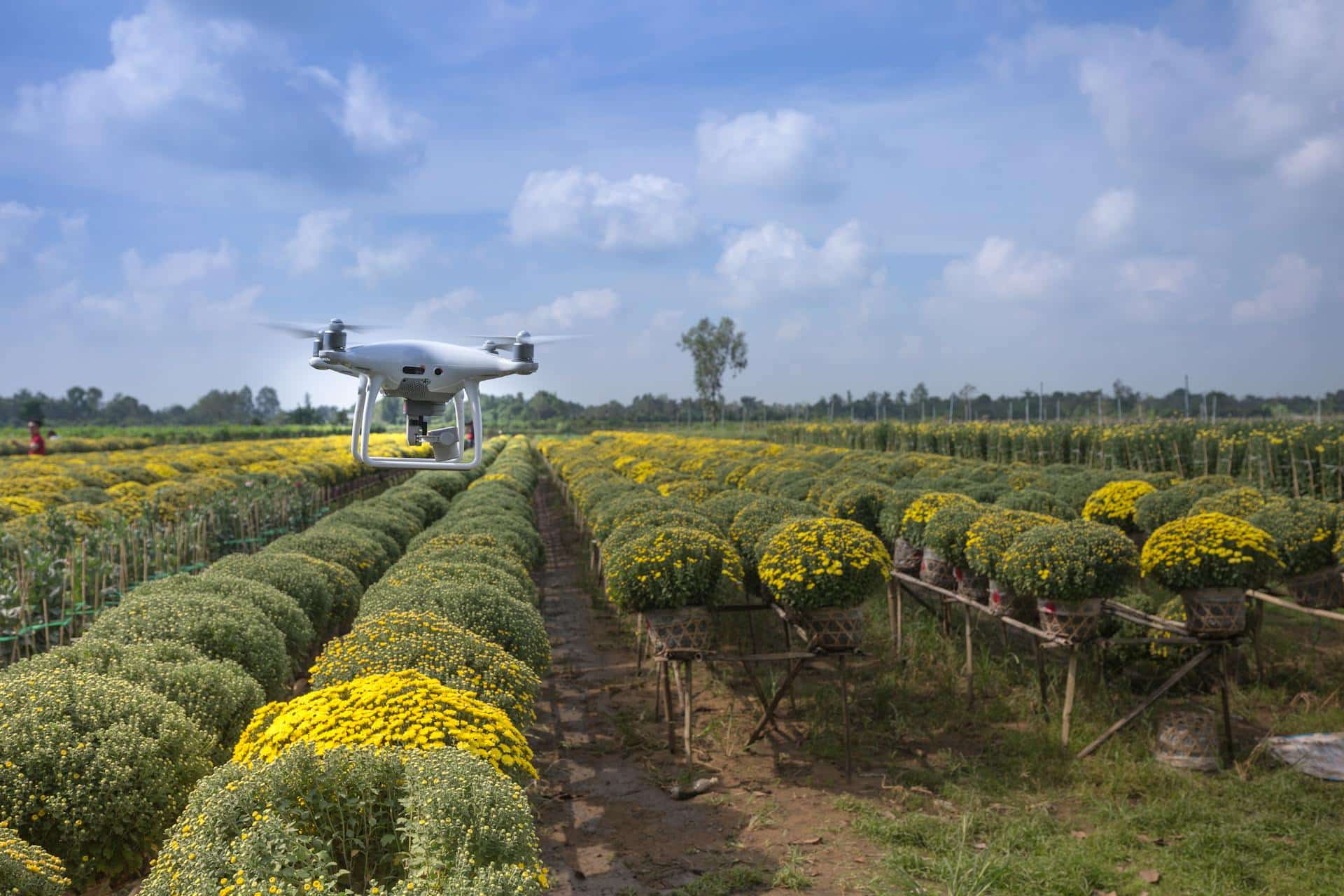As farming in 2025 accelerates into the digital age, agriculture is getting a high-tech overhaul. The latest agriculture technology trends to watch reflect a future where artificial intelligence, drones, predictive analytics, and IoT-powered tools drive smarter, more sustainable farming practices. What was once traditional farming is now a data-rich industry shaped by the same forces redefining productivity in every sector: insight, automation, and connectivity.
Emerging AI Tools Are Revolutionizing Agriculture
Artificial intelligence (AI) is transforming the agricultural sector by turning data into decisions. From predicting crop yields to detecting early signs of disease, AI is powering new farming solutions that optimize every input. Deep learning models, real-time data streams, and machine learning tools are improving soil health assessments, nutrient mapping, and pesticide planning. These advancements offer sustainable food production pathways while reducing environmental impact.
Startups and agtech innovators are pushing smart farming technologies into the mainstream. Computer vision-equipped drones and AI-driven analysis enable precision farming at scale, delivering insights directly to farm management systems. In a world where resilience and profitability are critical, AI isn’t just revolutionizing agriculture—it’s redefining it.
The Rise Of Precision Agriculture And Smart Crop Management
Precision agriculture is no longer a future concept. It’s here, now, reshaping crop management with powerful digital farming tools. GPS-guided tractors, satellite imagery, and sensors help farmers monitor crop health and yield variability across fields. These tools make real-time decisions possible, ensuring each drop of fertilizer or pesticide goes exactly where it’s needed—nothing more, nothing less.
Farm management platforms are integrating GIS mapping and Variable Rate Technology (VRT) to make data-driven recommendations for fertilizer application, irrigation systems, and pest control. The result? Higher crop yields, optimized nutrient use, and less runoff—all key elements in sustainable farming.
IoT Integration Is Driving Smarter Irrigation Systems
Water is everything, and the integration of IoT in modern farming is unlocking smarter irrigation systems. Soil moisture sensors, powered by low-energy devices like Arduino and ESP32, gather real-time data on field conditions. Connected via LoRa, Wi-Fi, or ZigBee, these sensors trigger automated irrigation schedules that reduce water usage while boosting crop health.
AI and predictive analytics further refine these systems, using historical weather patterns, satellite imagery, and soil analysis to anticipate future needs. This level of control supports sustainable agriculture and maximizes agricultural productivity—especially vital in drought-prone regions where efficiency is non-negotiable.
Predictive Analytics Is Enhancing Farm Management
Analytics are no longer reserved for spreadsheets—they’re now a core part of modern agriculture. Predictive analytics helps farmers anticipate threats, optimize planting, and adapt to shifting weather patterns. From pest forecasting to crop selection, machine learning models synthesize vast amounts of sensor and environmental data into proactive farming strategies.
As technology trends 2025 continue to evolve, predictive models are shaping everything from fertilizer schedules to harvest timing. It’s this data-driven edge that positions predictive analytics among the most important agriculture technology trends to watch.
Drones And Machine Learning Are Redefining Crop Monitoring
Drones, paired with machine learning, are taking crop monitoring to new heights. Armed with multispectral sensors and high-resolution cameras, drones scan fields for early signs of pest infestations, nutrient deficiencies, and crop diseases. These aerial insights feed directly into machine learning algorithms—like convolutional neural networks or semantic segmentation—which can isolate problem areas and trigger precision treatments.
Smart drone applications aren’t just about observation. They’re enabling targeted spraying with variable rate technology, cutting chemical use and minimizing the environmental footprint. With AI in the loop, farming practices are becoming more surgical, sustainable, and profitable.
Strengthening The Agricultural Supply Chain Through Technology
Beyond the field, agriculture technology is also reshaping the supply chain. Autonomous machinery, RFID tracking, and blockchain platforms are increasing transparency and cutting waste across food production systems. These tools integrate with ERP software to streamline logistics, from harvest to table.
Digital platforms and e-commerce are bridging gaps between farms and consumers, improving food security and reducing friction in the agricultural supply chain. With climate challenges and global disruptions looming, these innovations are critical to building a resilient, connected, and sustainable future for agriculture.
Finally…
As we look ahead, the agriculture industry stands on the brink of a radical transformation fueled by agricultural technologies, farming innovations, and the adoption of precision agriculture. From blockchain technology to sustainable practices, the trends to watch in 2025 reveal how deeply technology provides the tools to make agriculture accessible, more efficient, and more resilient to climate and market challenges.
The future of farming isn’t just about machines and data—it’s about people. Just like a high-performing agricultural system, thriving workplaces depend on strong collaboration and trust. That’s why team building activities Bay Area—like escape room challenges and group activities for teams SF—are increasingly important. Whether you’re optimizing crops or boosting employee engagement initiatives, success comes from synergy, adaptability, and shared goals.
Agriculture, by turning toward innovation and sustainability, helps create a more secure and inclusive world. And just like a well-designed San Francisco escape room, the most complex challenges are best solved together.

